The leather industry has an important place in different regions of Turkey. Especially leather raw material prices vary from region to region, which is of great importance in understanding the dynamics of the sector. Learning how leather raw material prices change in 81 provinces of Turkey is a critical source of information for anyone interested in leather production. In this article, we will present an analysis of leather raw material prices in different provinces of Turkey.
Factors Affecting Leather Raw Material Prices
1. Regional Production Capacity: Leather production facilities and tanning workshops located in different regions of Turkey directly affect raw material prices. Production facilities concentrated especially in the Marmara Region may cause prices to be more affordable in this region compared to other regions.
2. Raw Material Quality: The quality of the leather raw material is another factor that significantly affects prices. Higher quality leather raw materials are generally sold at higher prices. Quality differences vary depending on the type of animal skin used in the leather production process and the processing process.
3. Transportation and Logistics Costs: One of the important factors affecting raw material prices is transportation costs. In leather raw material shipments to regions such as Central Anatolia and Eastern Anatolia, transportation costs may be higher than to the West. This leads to an increase in prices.
4. Demand and Supply Status: The demand and supply status of the local market play an important role in leather raw material prices. Prices are generally higher in big cities where demand is high. Since the demand for leather raw materials is high in big cities such as Istanbul, Izmir and Ankara, prices may increase accordingly.
Distribution of Leather Raw Material Prices in 81 Provinces of Turkey
1. Marmara Region: Provinces such as Istanbul, Bursa, Kocaeli are the leading cities in Turkey's leather industry. In these provinces, leather raw material prices are generally competitive and offer a price advantage due to high production capacity.
2. Aegean Region: Leather production and tanning operations are intensively carried out in provinces such as Izmir and Denizli. Leather raw material prices in these provinces are determined by the production capacities in the region as well as quality. High quality leather raw materials are in demand especially in Izmir.
3. Central Anatolia Region: Leather raw material prices in provinces such as Ankara, Konya and Kayseri may be higher than in the Marmara and Aegean regions. This is because logistics costs are higher and production facilities are more limited in these regions.
4. Mediterranean Region: In provinces such as Antalya and Adana, leather raw material prices vary due to the region's importance in tourism and agriculture. Although leather production is limited in these regions, raw material prices are generally at moderate levels.
5. Black Sea Region: The leather industry in the Black Sea Region is less developed compared to the Marmara and Aegean regions. For this reason, leather raw material prices in provinces such as Samsun and Trabzon may vary depending on local production capacity.
6. Eastern Anatolia and Southeastern Anatolia Regions: The leather industry has a more limited capacity in these regions. In provinces such as Erzurum, Van, Diyarbakır, leather raw material prices may be higher due to transportation difficulties and limited supply in the region.
General Trends in Leather Raw Material Prices
1. Seasonal Changes: Leather raw material prices may fluctuate seasonally. While prices may be more affordable in the summer months due to the easier processing of animal skins, these prices may increase in the winter months.
2. The Impact of the International Market: Since Turkey is a major player in leather exports, international market conditions can also affect local prices. Changes in the dollar and euro exchange rates can lead to fluctuations in leather raw material prices.
3. Technological Developments: The development of new tanning and processing techniques can affect leather raw material prices. In particular, the spread of environmentally friendly and organic tanning methods can reduce costs, which can have a positive impact on prices.
Frequently Asked Questions (FAQ)
1. How often do leather raw material prices change?
Leather raw material prices can change frequently depending on supply-demand balance, seasonal changes and exchange rates. Therefore, it is important to follow the prices regularly.
2. In which region are leather raw material prices more affordable?
The Marmara Region is one of the regions where leather raw material prices are most affordable due to its high production capacity and intense competition.
3. How can I follow the leather raw material prices?
To follow the prices of leather raw materials, you can get information from local producers, suppliers and sectoral bulletins. In addition, price analyses on online platforms can also be useful.
4. How effective is the exchange rate on leather raw material prices?
Exchange rates have a significant impact on the prices of leather raw materials, especially imported ones. Fluctuations in the dollar and euro can cause prices to increase or decrease.
5. How is the demand for leather raw materials changing in Turkey?
The demand for leather raw materials in Turkey is increasing, especially in the fashion and automotive sectors. This may cause prices to increase.
Conclusion: A General Overview of Leather Raw Material Prices in Turkey
Leather raw material prices in Turkey's 81 provinces vary depending on various factors such as regional production capacities, logistics costs and demand. While the Marmara and Aegean regions offer competitive prices, prices may be higher in regions such as Central Anatolia, Eastern Anatolia and Southeastern Anatolia. For those interested in leather production and trade, it is of great importance to follow these prices closely.
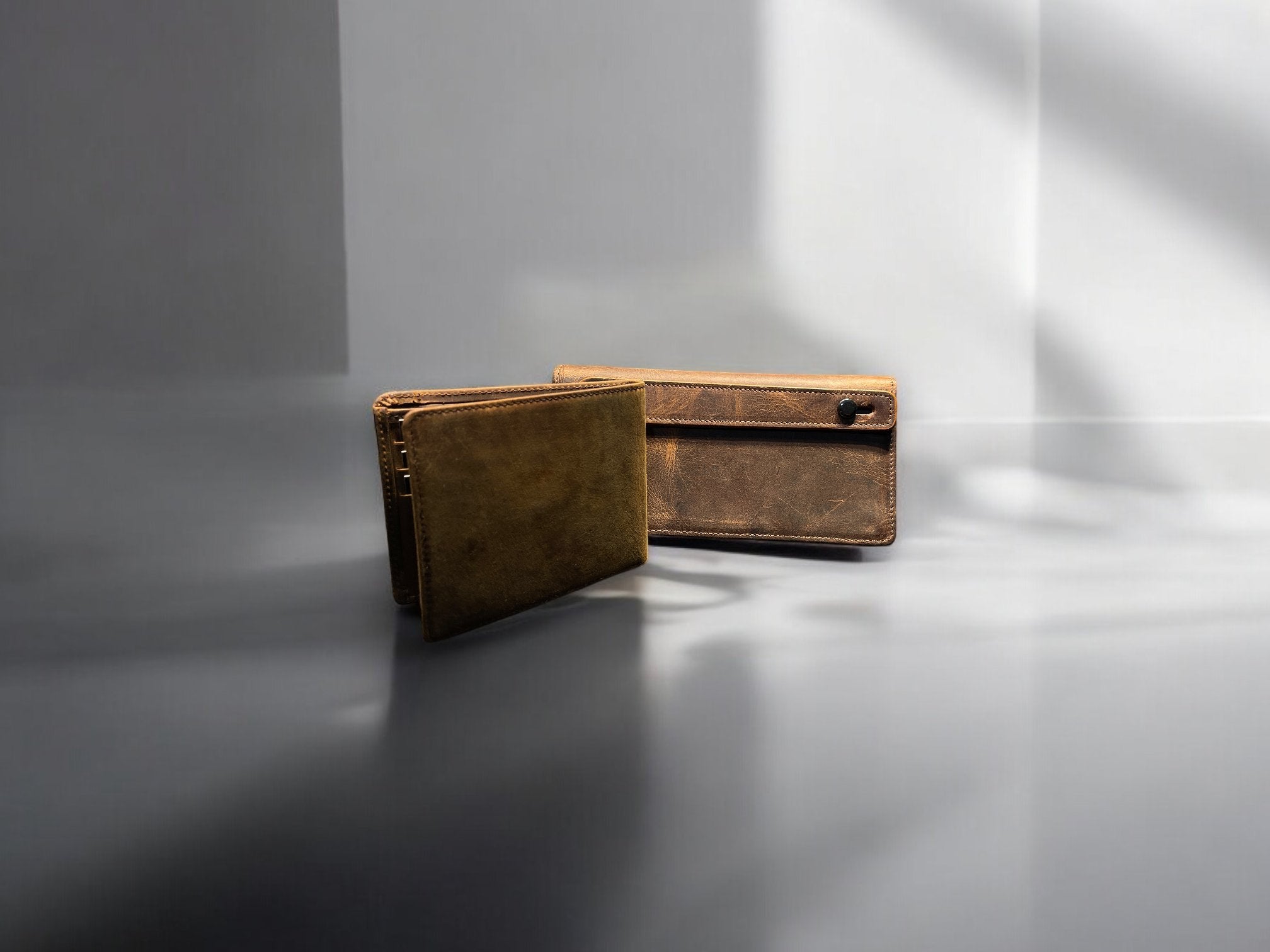
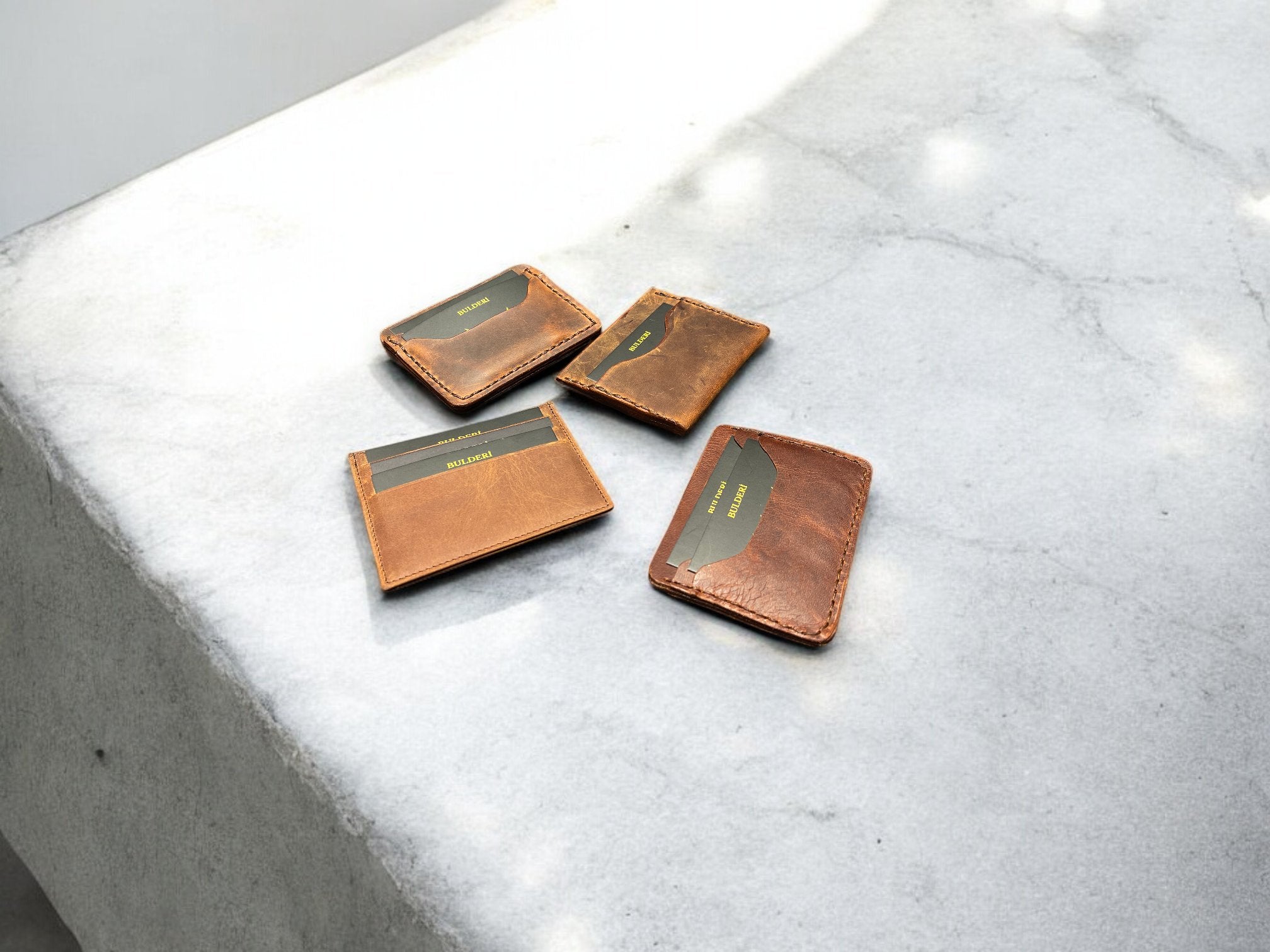
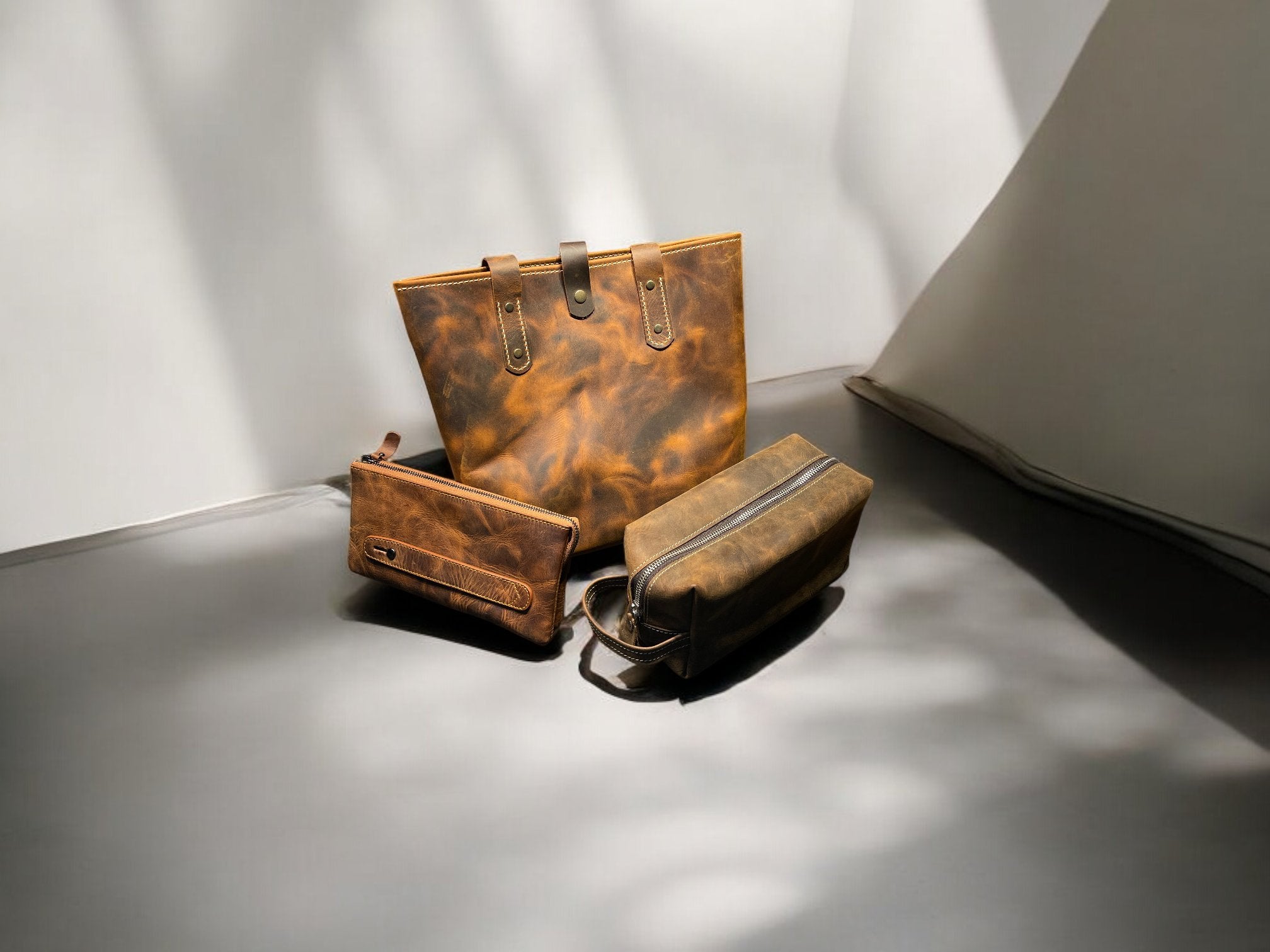



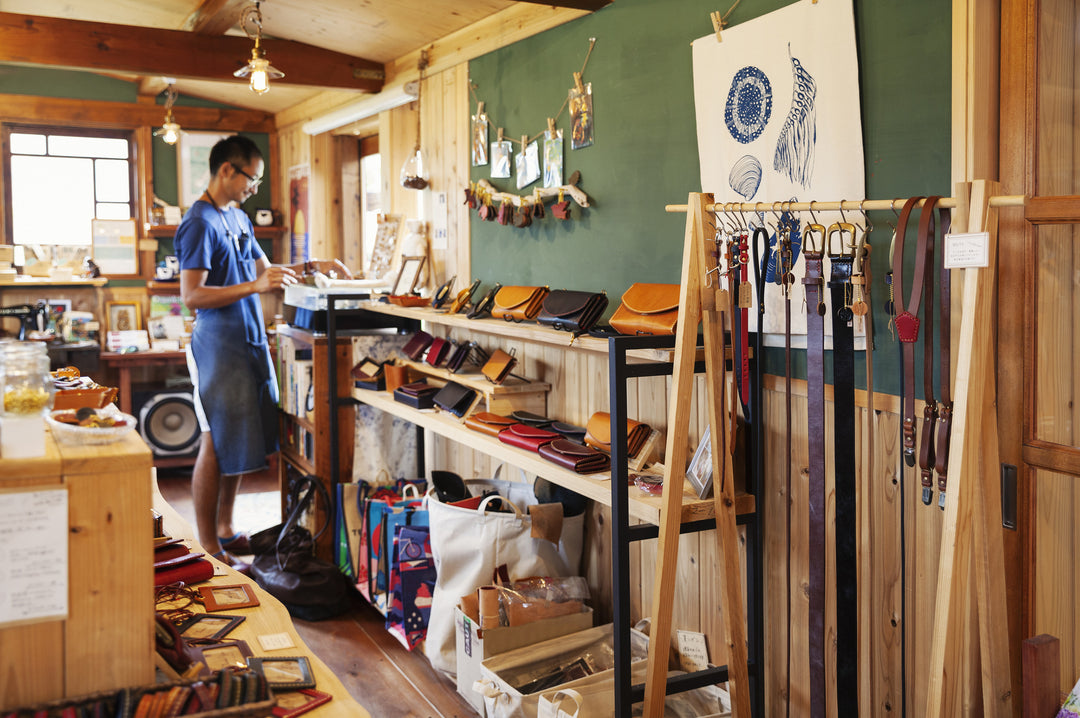
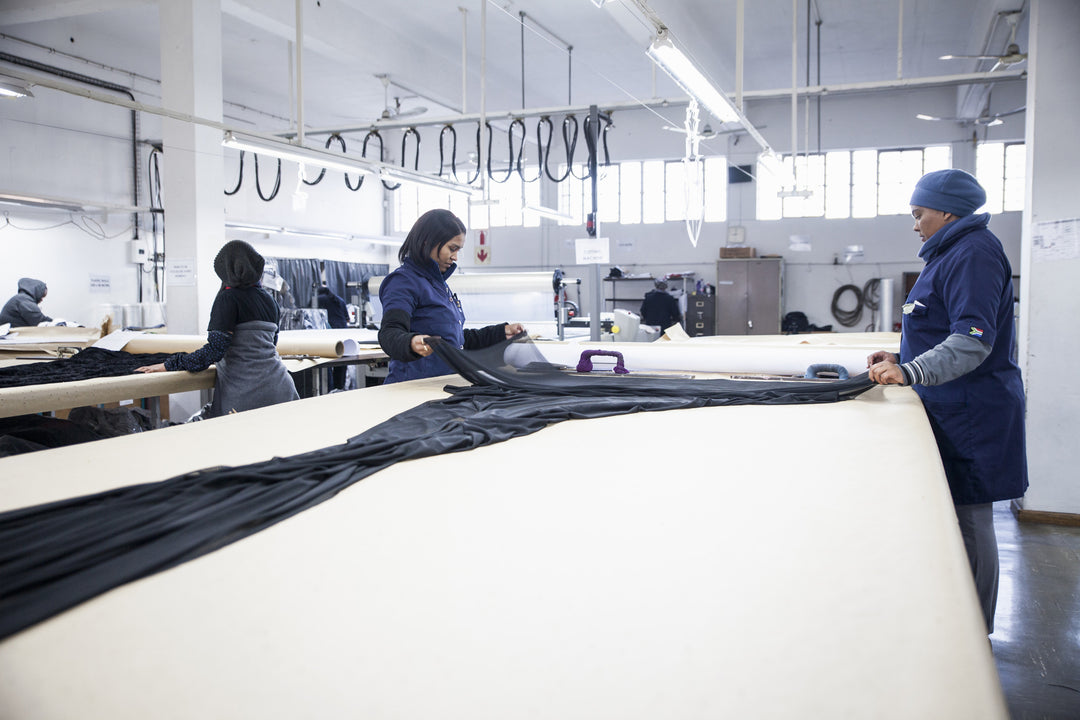
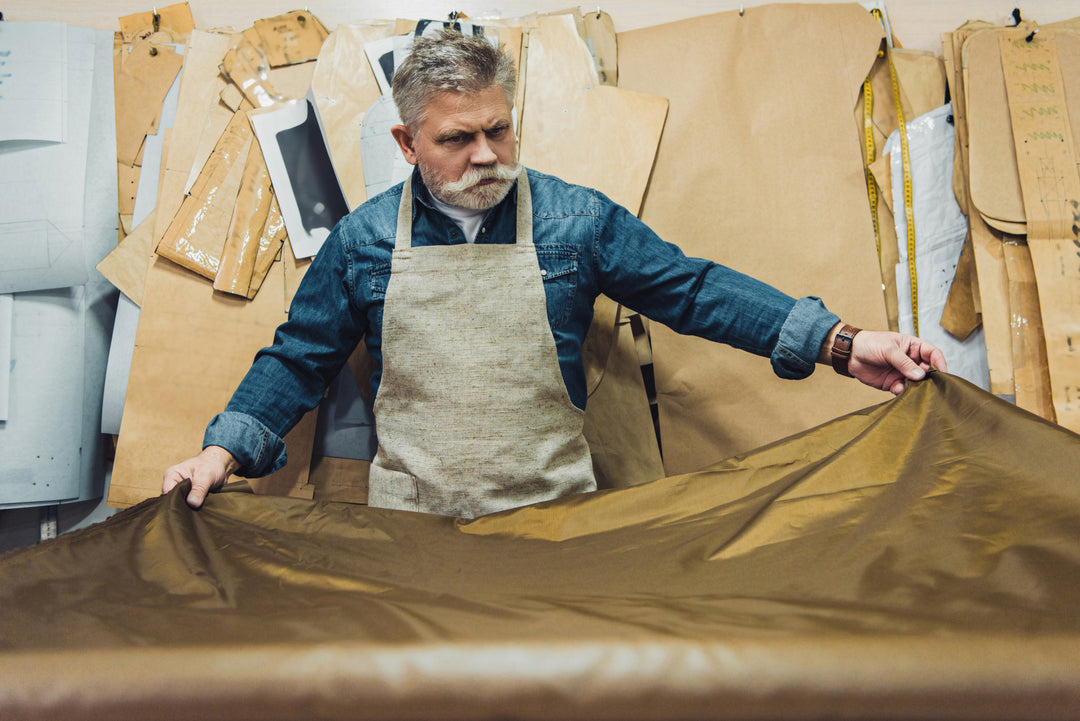

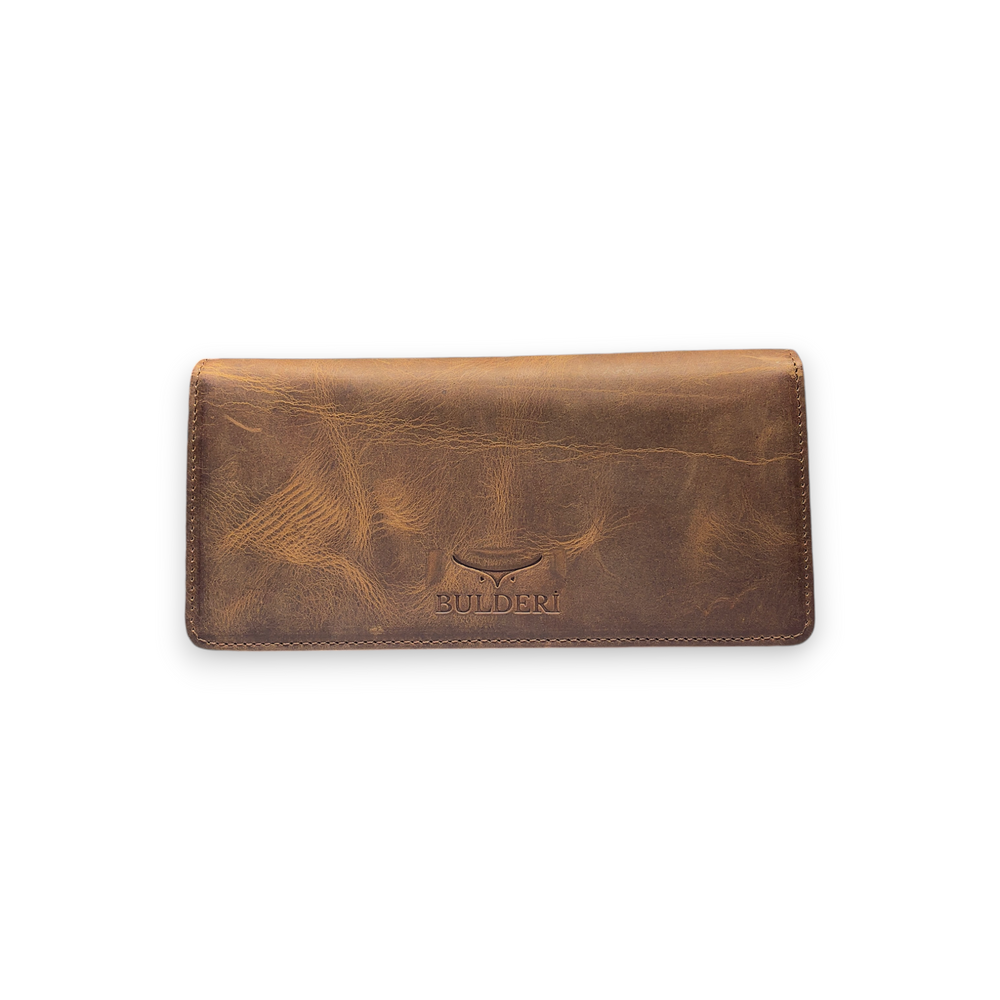
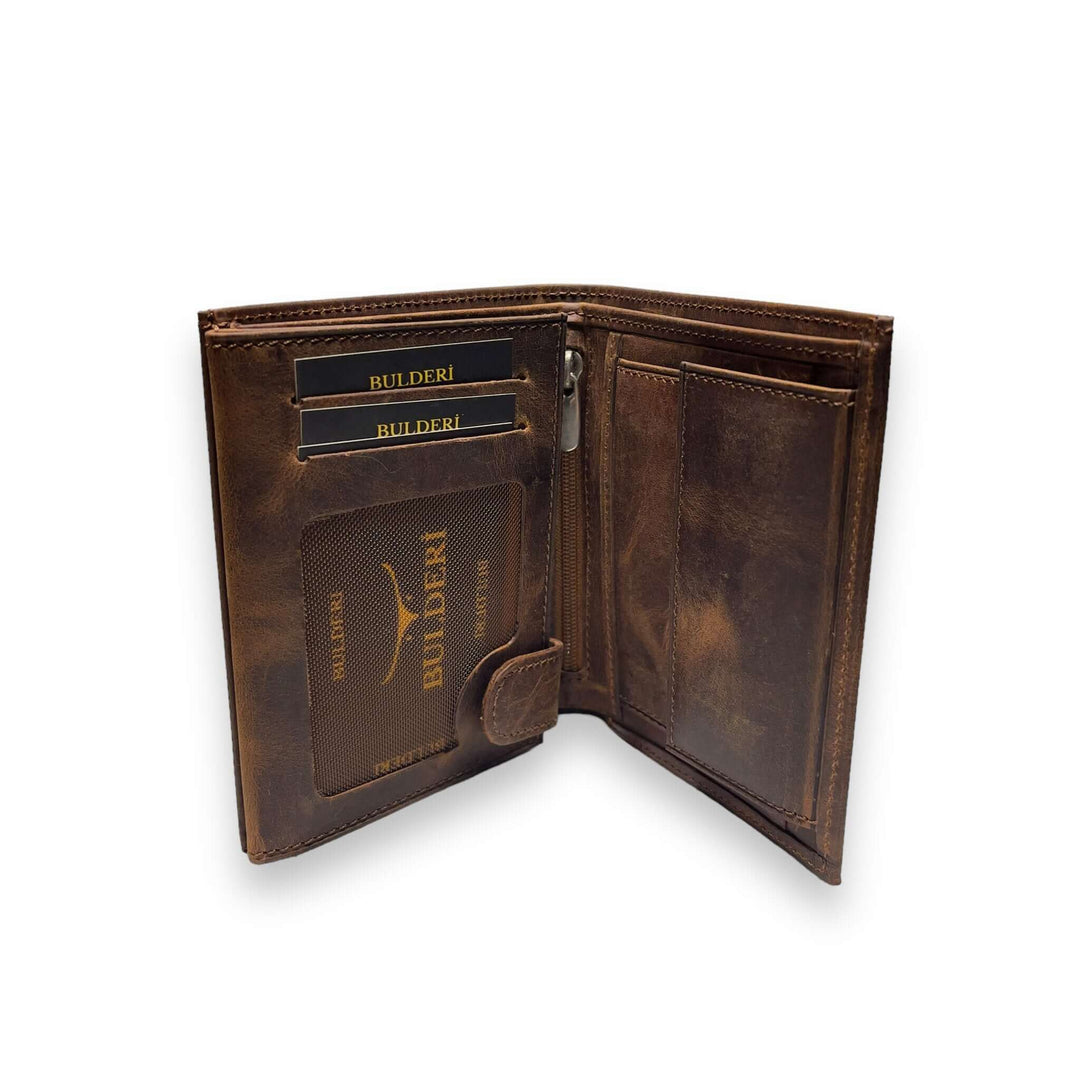
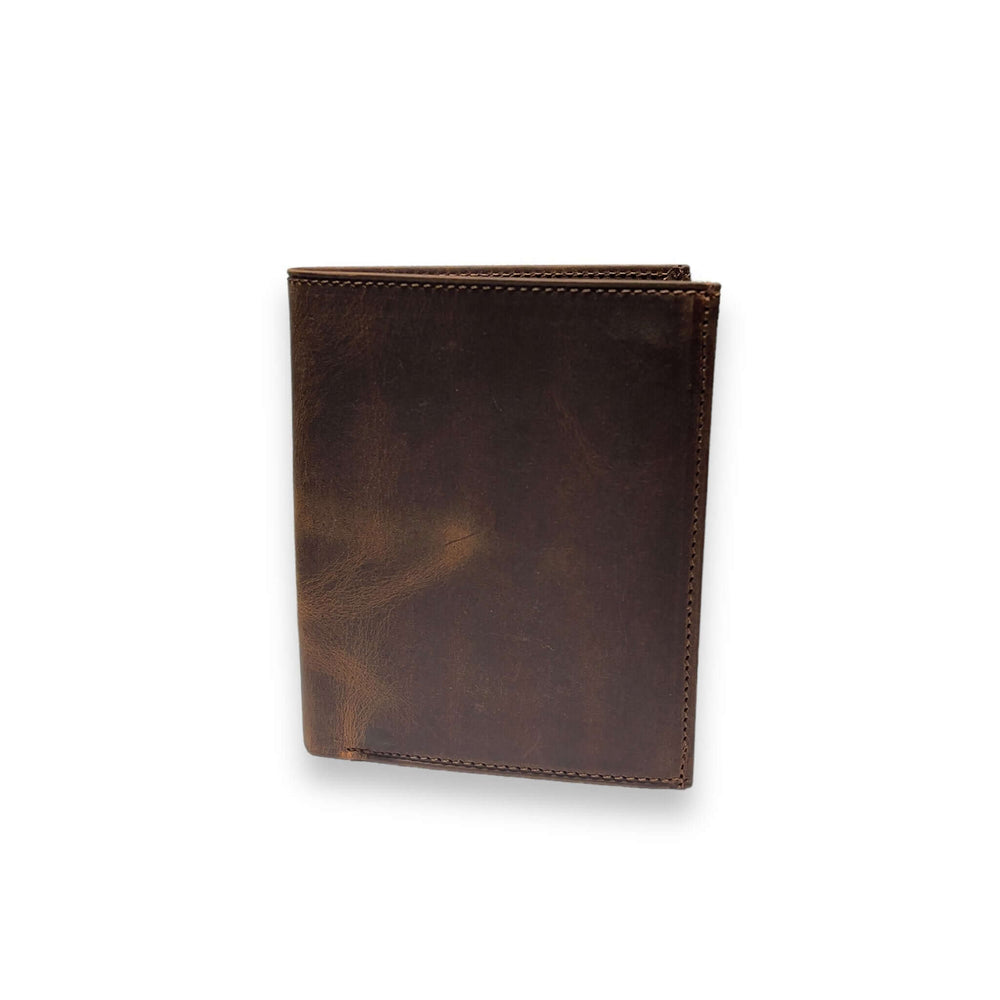

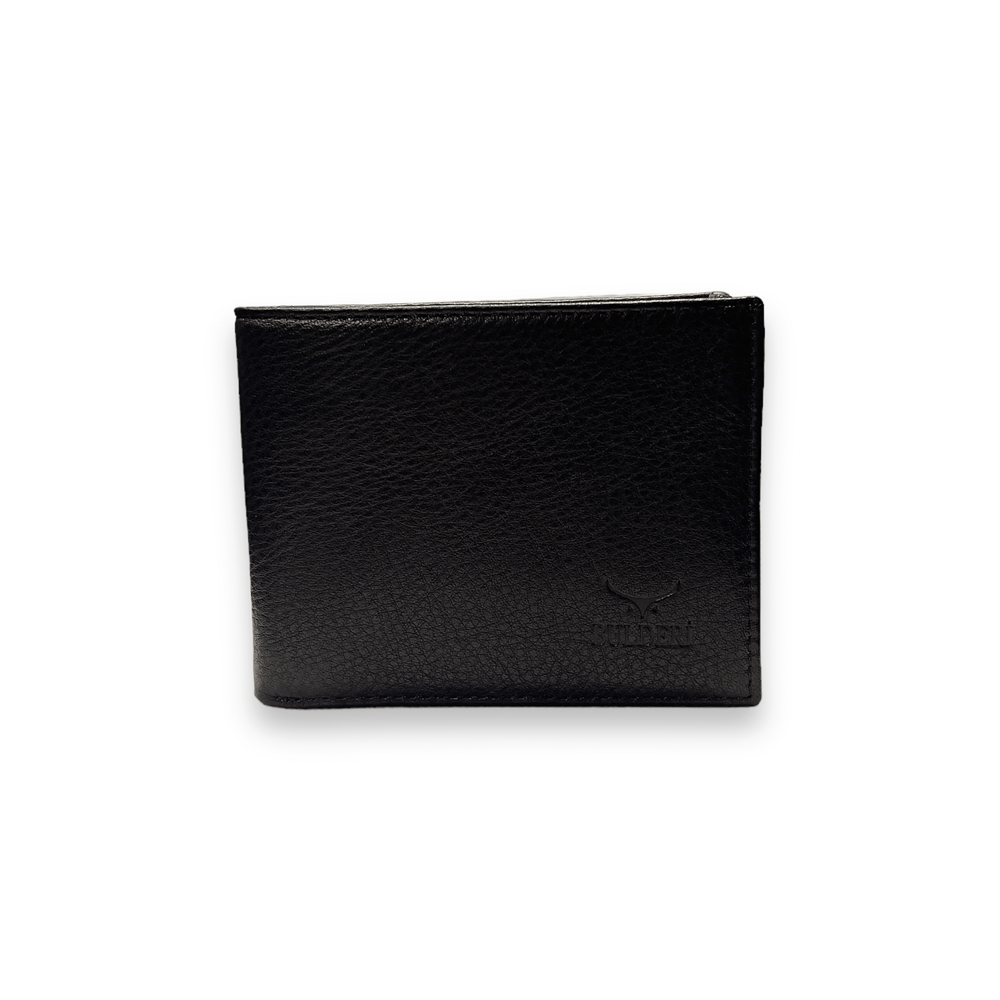

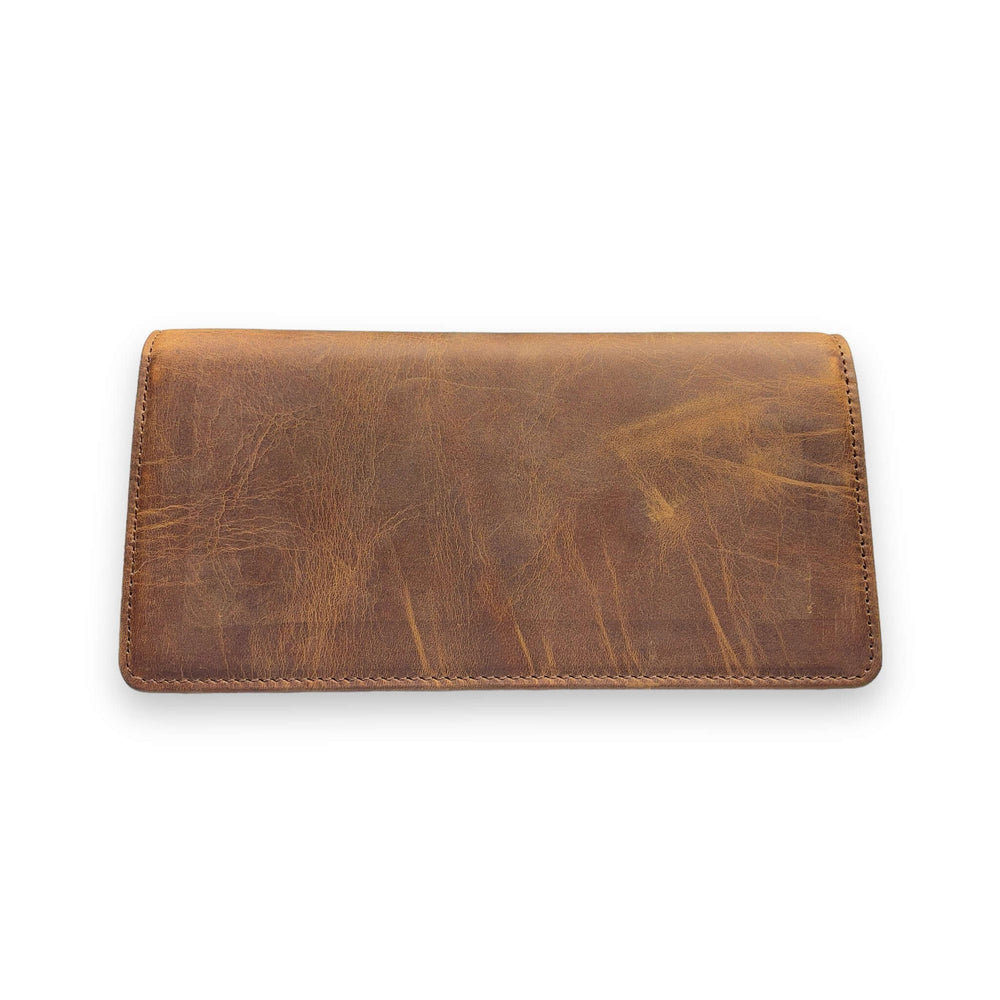
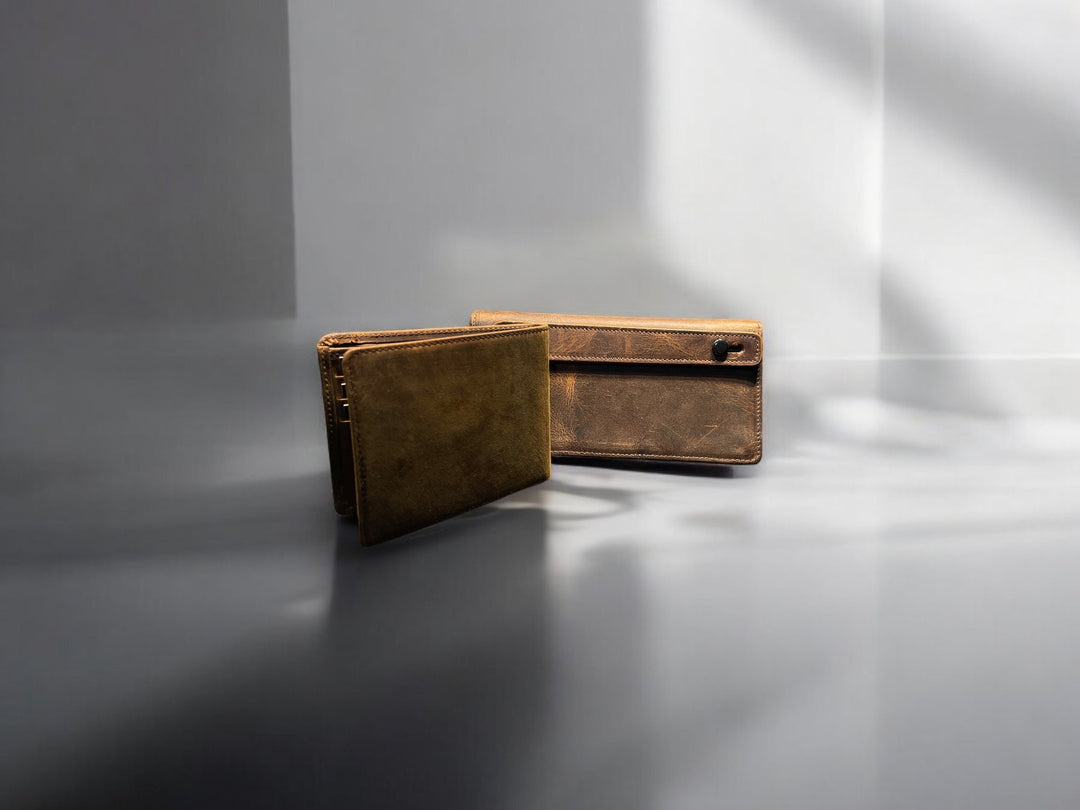
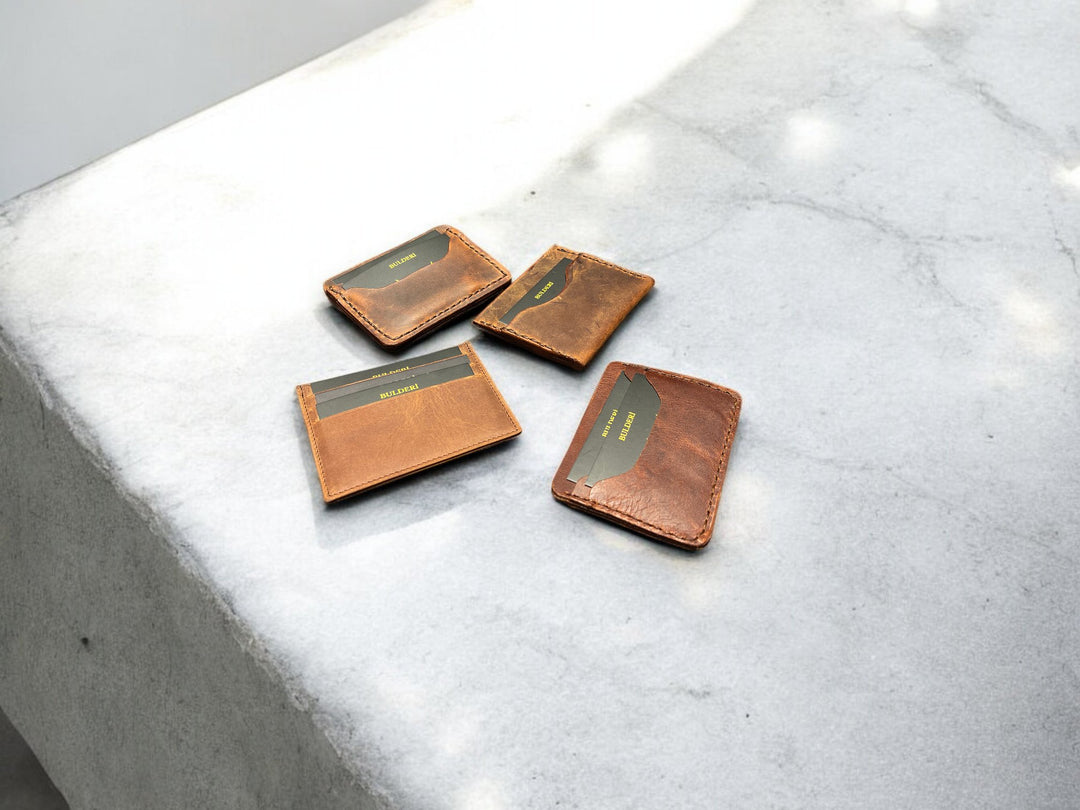
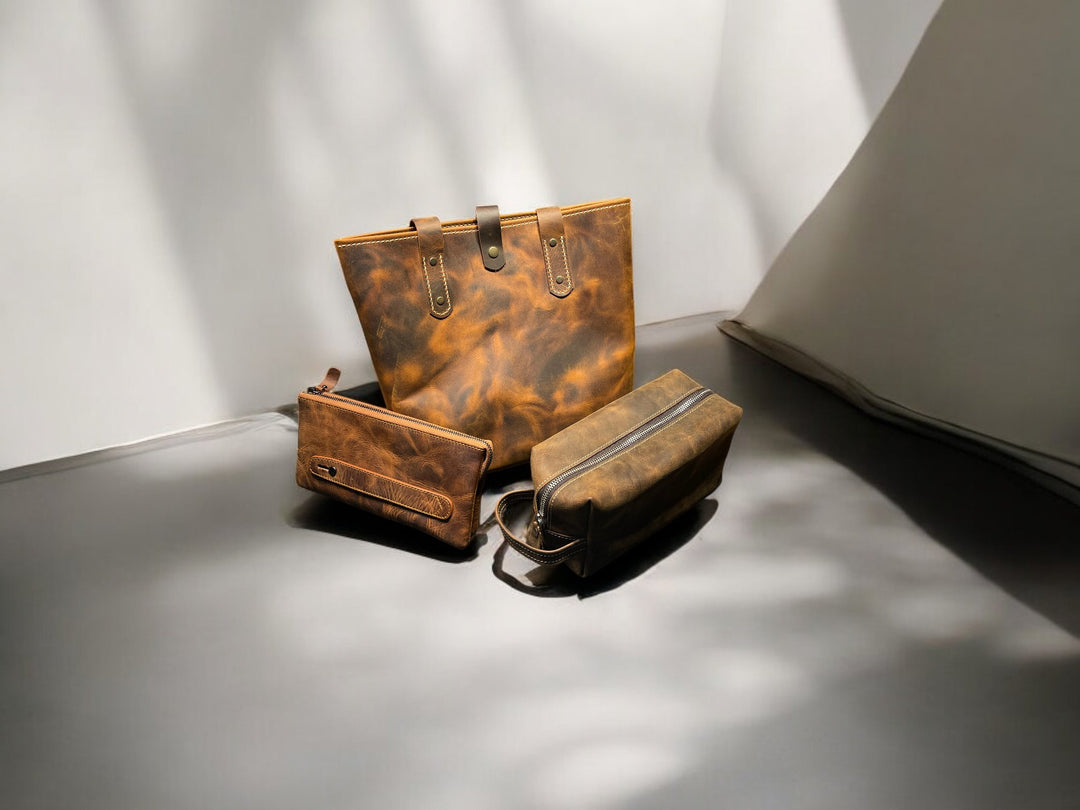

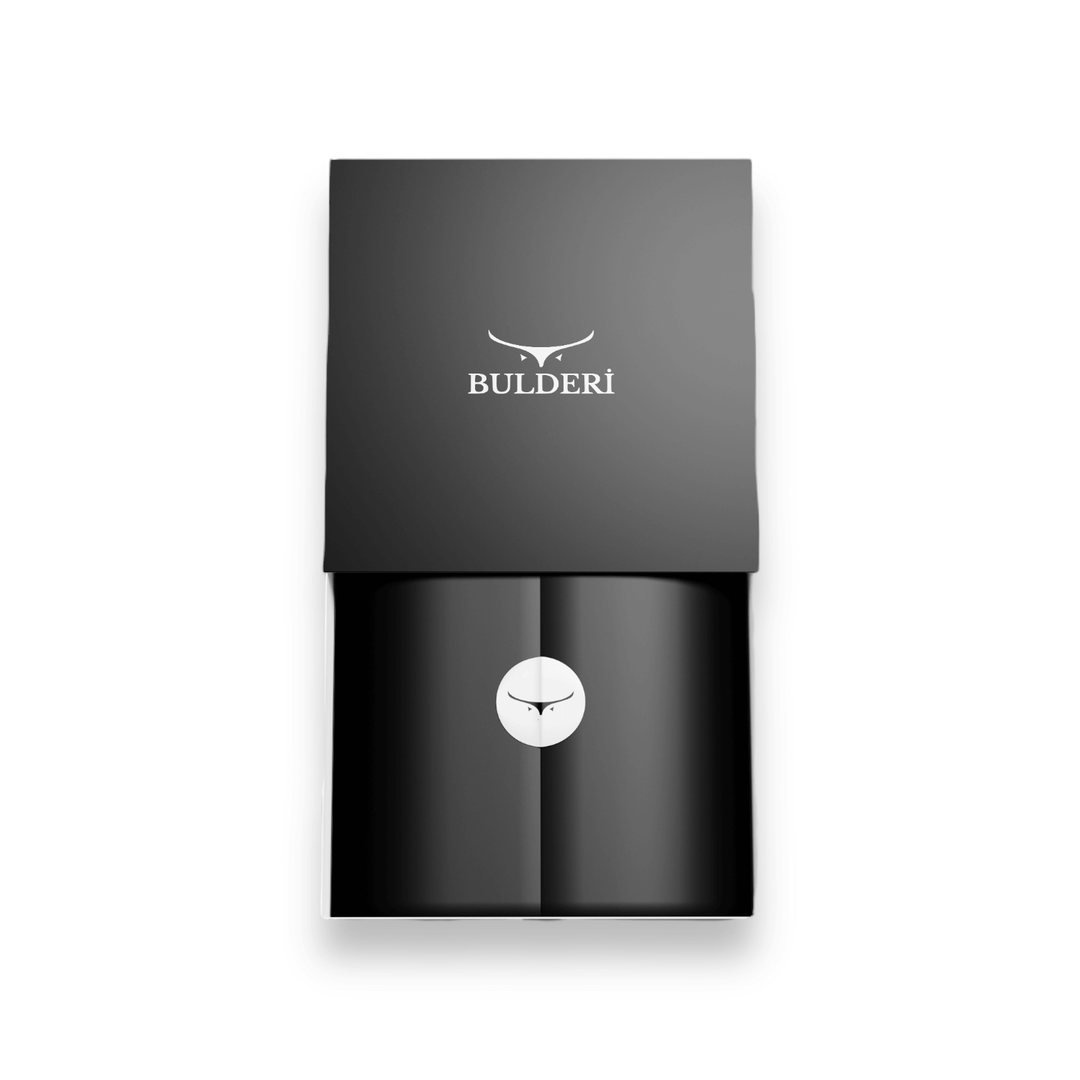


Leave a comment